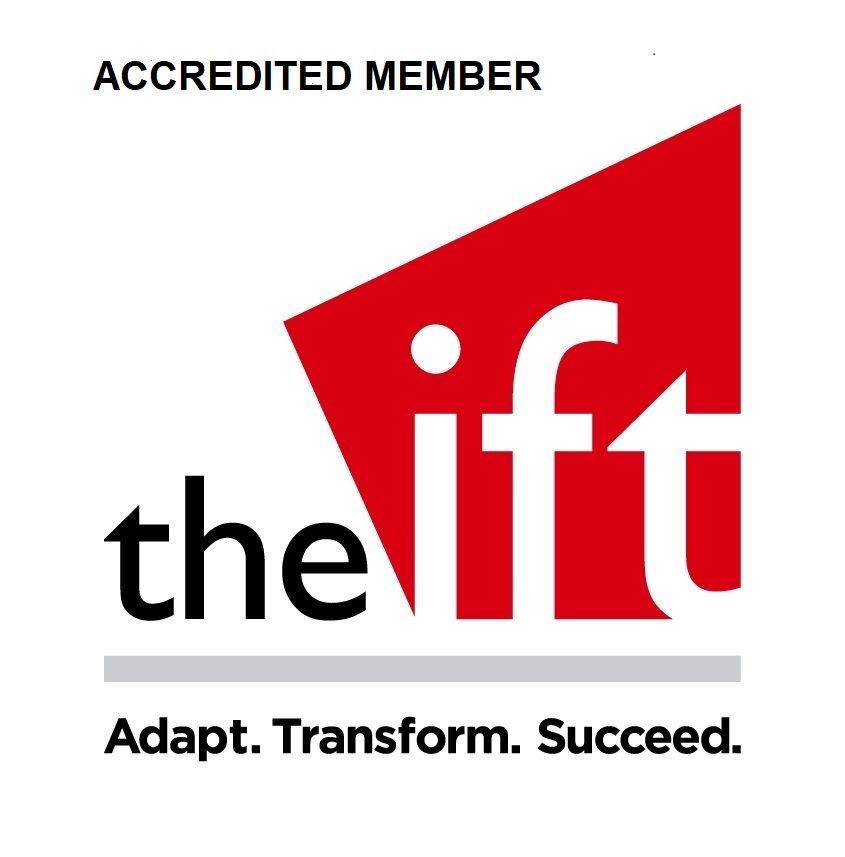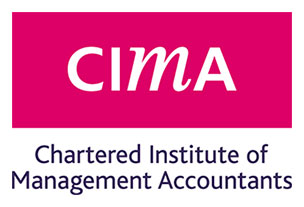During May 2020 I worked with St. Vincent’s Health and Public Sector Consulting and representatives from a number of healthcare organisations across the North and South of England came together in the form of Think Tanks to consider:
• The challenges being faced during the peak of Covid-19 cases
• The potential for sharing good practice and, most importantly…
• The gaps that would need to be addressed in the short and longer term to support effective care for patients in an expected, but as yet undefined, ‘new normal’.
The rapid reassignment of most resources to focus on the predicted impact of Covid-19 has proved to be a ‘finest hour’ for the NHS. The mobilisation was not without its problems; supply of PPE being a much publicised one. Our NHS colleagues signalled the intensity of workloads (and emotions), the concerns for a second spike or waves of Covid-19, not to mention a potential perfect storm of seasonal pressures later this year. And future uncertainty linked to patients not able to access care, the impact of lockdown on the economy, specifically mental health. However, the NHS deserves all its public applause for, amongst other things, the speed of its response.
Attention has now turned to the reset. In many ways ‘living with Covid-19’ creates a greater (or perhaps more appropriately, “complex”) set of challenges than preparing for Covid-19 itself.
Our expertise lies in combining technology-led solutions with our strong relationships with EPR vendors. In this, the second of a short series of articles, we share our recommendations on the way’s healthcare can continue to leverage technology in response to a world living with Covid-19. In our first article we shared what we have learnt about the public and staff response to Covid-19.
Since the middle of March 2020 our social world has been redefined; adapting to Covid-19 will require a progressive and continuous reset for the way health care is delivered and the roles of patients and staff in that care.
1. One of the most visual changes on our everyday lives is the two metre social distancing rules, and estates teams are working with clinical and operational colleagues to create facilities that allow this to be managed. However, given the high risk of infection arguably the best solution is for patients and visitors to not attend in the first place. Keeping footfall to a minimum must be the primary goal. And where physical attendance is essential, how can the NHS complete as many interactions in one attendance as possible? For example, GP and pre-operative assessment nurse working together in primary care to avoid an unnecessary trip to the surgeon when a patient is not optimised for surgery. Virtual consultations (across all care settings) promoted in the NHS 5YFV have been accelerated (targets of 30% to 50% look realistic) but these have been implemented at pace, with a lot of success, but the sustainability remains a question, particularly as we have not understood what works, and what does not, from both clinicians and patients. At an anecdotal level clinicians reported a greater degree of fatigue associated with this type of contact. How can we support clinicians to manage this, whether it be mixing appointment types or improving the technology? In the case of MH services particularly, but also primary and secondary services, clinicians believe the technology has its limitations and face-to-face allows greater assessment of the patient, particularly where physical examination and body language play an important part of the assessment. Of course, moving too quickly to virtual appointments could lead to more contacts, as appointments need to be repeated for lack of effectiveness in the first appointment. How do we create support tools to improve the categorisation of patients into the right appointment type? Rapid development of advice and guidance technologies using Robotic Process Automation to support improved communication between care settings (GPs, hospital doctors and community services) with better referrals and alerting is quick and easy with the right expertise.
2. Where people cannot avoid a face-to-face attendance, particularly for treatments, the goal must be to minimise the risks from being Covid+. There are opportunities to manage this risk – testing may be the obvious one, but this remains unreliable, particularly with the high percentage of asymptomatic presentations. Notwithstanding the capacity constraints, the Royal College of Radiologists no longer recommend CT scanning as a pre-operative screening for Covid-19 (RCR, 14 May 2020). Patient self-quarantine for 14 days plus antigen testing within 48 hours of surgery is another solution, but the practicalities make this a challenge. Clearly not the answer for every contact with the NHS but given there is emerging science around onset of symptoms it does become possible to risk assess patients using a questionnaire prior to attendance and then mange that attendance appropriately. Whichever approach clinicians deem best, the importance of clinical governance, ease of data capture for the patient record and the patient’s understanding of the risks of surgery where Covid-19 is undetected. The technologies are available to support on-line questionnaires, collection, automated scoring and reporting; as well as populating the patient record with the result.
Even at a much more forensic level, risk assessing facilities for the safety of staff and patients becomes of prime importance. For example, the oasis of the water cooler – is this a point of refreshment for staff after doffing PPE, or a high-risk touch point for the virus? There will be many other environmental considerations, not to mention cleaning regimes (who would have thought the humble ‘door handle’ would become something to be feared?), where changes will need to happen – even if it means the issue of a personal water bottle to replace the loss of the water cooler.
3. One of the greatest challenges we identified was that of monitoring the risk of patients, particularly those on a hospital waiting list or, for example, receiving treatment for a chronic or long-term condition. There is an expectation that the backlog of patients will grow significantly, and this is before considering potential risk of further waves of Covid-19 and seasonal ‘flu etc. At the same time capacity is materially reduced to prevent disease transmission, particularly in some diagnostic areas like radiology and decreases in bed capacity. This creates increased patient risk i.e. the clinical risk of patients waiting to be seen or diagnosed. We have identified the requirement for a clinical tool to support the ongoing risk assessment of the unseen patient – recognising that conditions can change at any point, whether this be the day after seeing a clinician, a week later or several months later. The risk is currently unknown and has not been routinely monitored. The need for a tool to support patients and all clinicians involved in a patient’s care (GPs, specialists, nurses) to manage this risk, to support an update from different clinicians involved in a patients care (whether this be in primary care, community, social care or the hospital) – to create a list of patients where risk monitoring is an ongoing process, a tool for monitoring, prioritisation, alerting and monitoring of targets e.g. 18 weeks. The limited capacity, at least through the phases of the Reset, mean choices need to be made on how much capacity individual specialties receive in, say, theatres and then which patients are prioritised in each specialty. Whilst this is a challenge best left to the clinicians, the bigger challenge becomes how we manage “at risk” patients not currently scheduled for treatment.
On a simpler level, thousands of appointments were cancelled from mid-March. Through the adaptation of report writing functions in EPR systems we can produce a simple list of cancellations for clinicians to check, reassess and reprioritise for future listing.
We thank the NHS for applying its expertise through the Covid-19 crisis and hope this article provided some insight and ideas to help manage the complexities of Reset. Our experience in healthcare, our networks into third party EPR vendors makes us an ideal partner to deliver our expertise and sustain innovation as we move from pandemic to endemic in terms of Covid-19.
If you would like to discuss how technology can support:
• Improved clinical governance
• Management of patient risk whilst waiting to be seen or treated
• Patient empowerment and greater independence
• Sustained Virtual Clinics and Remote Working
or have a general discussion about how Luxhay can help leverage IT and digital technologies to better manage the complexities of living with Covid-19, please feel free to contact simon.wombwell@luxhay.co.uk .
Finally, we would like to thank all the organisations and individuals involved in the Think Tanks for their practical insights and thoughts on the future implications of Covid-19.


